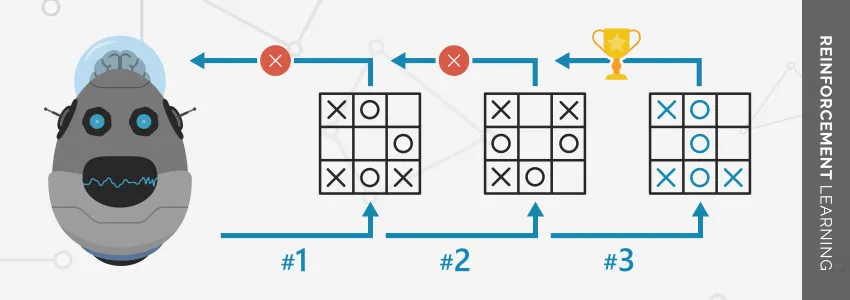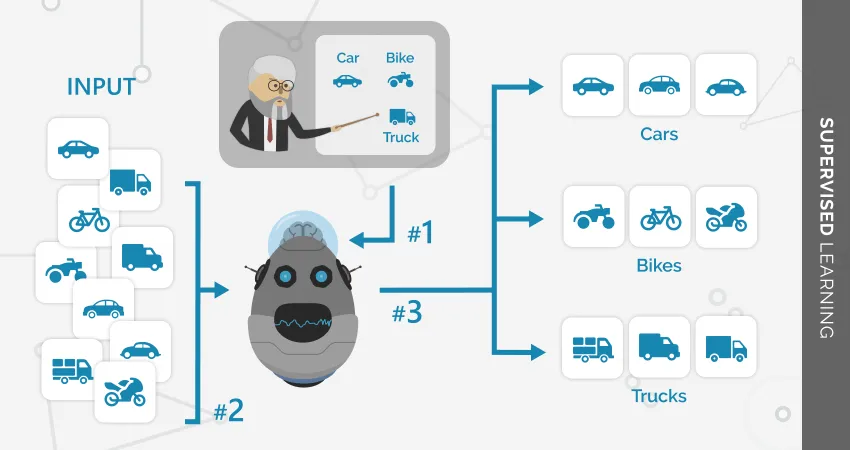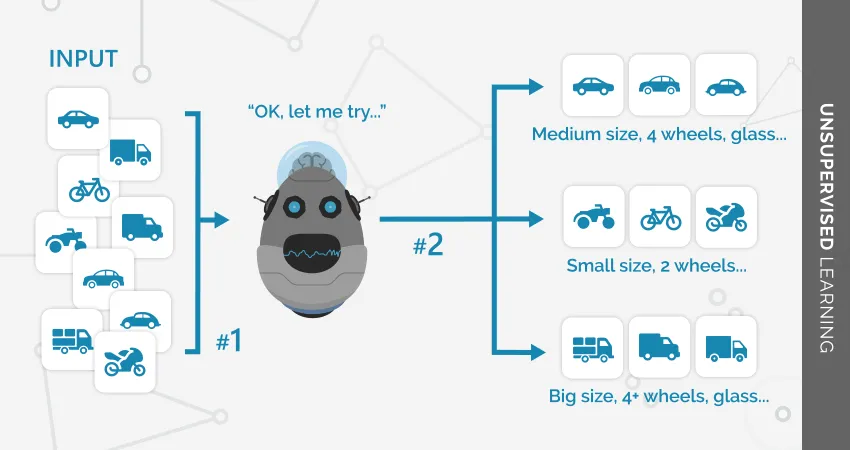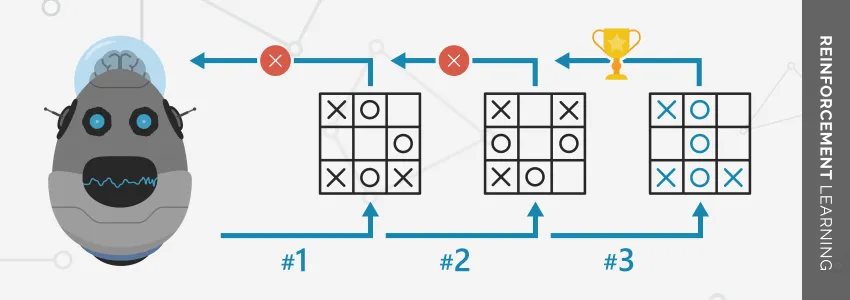Types of Artificial Intelligence and Machine Learning algorithms
Blog: AuraQuantic Blog
One of the problems we encounter when creating expert agents is that they are capable of self-learning, they do not generate new questions; These types of systems are fed with constant knowledge from subject experts, but they are always restricted to external knowledge through relatively basic Artificial Intelligence algorithms.
Hence the birth of Machine Learning, as a discipline that seeks to empower machines to teach themselves, but of course, this sounds much easier than it really is, and the computing capacity of computer equipment has not always been successful with the more demanding algorithms. Luckily this limitation has now been overcome.
The underlying mathematics behind this trend are complex and very diverse, so in this text we will only mention some of the algorithms involved, as a general overview, without going into too much detail.
ARTIFICIAL INTELLIGENCE ALGORITHMS
Although the expression “Artificial Intelligence algorithms” is used generically to refer to the algorithms mentioned below, it would be more correct to use the term “Machine Learning algorithms“, since, as we saw in previous articles, Artificial Intelligence is a superset of technologies that encompasses Machine Learning, and it would be impossible to specify all the algorithms involved in such a field. With that in mind, let’s look at the 3 main groups of algorithms.
Reinforcement Learning (RL)
Reinforcement learning consists of the constant iteration based on “trial and error” that machines are able to execute in record time under certain conditions or given environments (for example, the rules of a game) and with a specific objective called “reward” (a classic example is winning a game of chess). In this way you can obtain results, patterns, correlations, paths and conclusions based on previous experience generated by the machine itself. An example of this learning model is DeepMind’s AlphaZero chess AI.

The main algorithms used in reinforcement learning are: dynamic programming, Q-Learning and SARSA (State – action – reward – state – action).
Supervised learning
Supervised learning is based on predictive models that make use of training data. Given a known set of data, the system should be able to achieve a certain output, so that the model is adjusted (trained) until adequate results are achieved. Example: autonomous cars.

The main algorithms in supervised learning are: decision trees, naïve Bayes classifiers, ordinary least squares (OLS) regression, logistic regression, Support Vector Machines (SVM).
Unsupervised learning
Unsupervised learning algorithms are similar to supervised learning algorithms, but they adjust their model purely based on input data. Simply put, the algorithm performs a self-training without external intervention.

The main unsupervised learning algorithms are: clustering algorithms, Principal Component Analysis (PCA), Singular Value Decomposition (SVD) and Independent Component Analysis (ICA).
ARE THERE ANY STANDALONE APPLICATIONS?
Generally, AI is added to an existing product, either hardware or software. It is difficult to find AI systems that act as an individual application (stand-alone) and that are sold separately.
Typically, products tend to incorporate some subset or AI technique that gives added value (in the same way that SIRI is incorporated into an iOS device). In this way, automation, bots and intelligent systems are combined with large volumes of data to improve technologies in any area (home, work, etc.) and of any typology (mechanical systems or software applications).
Although it is possible to find projects or libraries to apply root AI in projects (see the software libraries offered by TensorFlow and OpenAI), the most common option is to consume cloud services from large technology companies because, indeed, there’s no need to reinvent the wheel!
Therefore, the trend is to use cloud services (Cloud Computing services) with interaction through specific APIs. Microsoft and Google are two clear examples of this type of services, which provide an open connection interface for everyone.
Some examples of Artificial Intelligence or Machine Learning platforms are:
Microsoft Cognitive Services
Microsoft Cognitive Services is a set of cognitive intelligence services that Microsoft has made available in Cloud (Azure), and divided into categories such as vision, voice, language, decision and search, so that they are more intuitive for the user.
Google Cloud AI
Google Cloud AI are services that Google offers in its Cloud plans and range from the consumption of cognitive services to the development of AI applications.
Watson AI
Watson AI is a platform developed by IBM. It provides everything you need to build, deploy, and manage enterprise-grade AI – on any public, private, or hybrid cloud.
Other companies in the technology sector are also making significant efforts in the field, although with less transparency to the public. This is the case of Amazon (which is also incorporating AI services to its Cloud plans), Facebook, the Chinese search engine Baidu and Apple.
This is the third installment of a series of articles accessible below:




What advantages does AuraPortal bring to AI? Find out by clicking on the following link:
The post Types of Artificial Intelligence and Machine Learning algorithms appeared first on AuraPortal.
